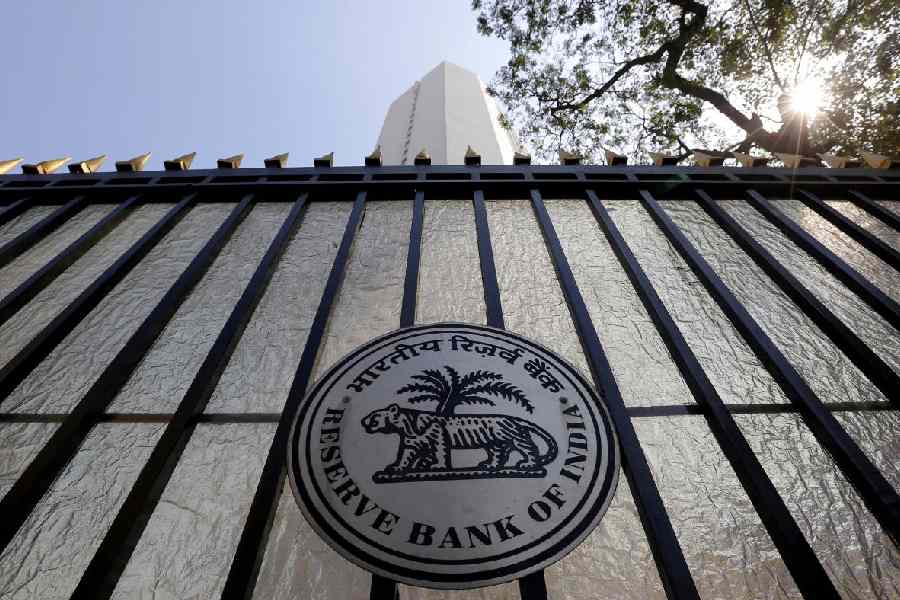 |
| Moumita Sen Sharma in Calcutta on Monday. A Telegraph picture |
Calcutta, Nov. 28: ABN Amro Bank has sought a special permission from the Reserve Bank of India for expanding its micro-finance base to Tier?II and Tier?III regions of the country.
In banking parlance, Tier ?II regions mean semi- rural areas and Tier-III rural areas.
The present RBI guideline puts a cap on the branch expansion of foreign banks in India. Foreign banks are not allowed to open more than 12 branches per year.
“We are trying to get a special dispensation from the RBI as rapid branch expansion is not possible for us because of the existing guidelines. We are in talks with the RBI on ways to bypass this restriction,” said Moumita Sen Sharma, vice-president and head (micro-finance) of ABN Amro Bank. The RBI has told the bank that a greater weightage needs to be given to the nature and scope of banking facilities for people in the underbanked and unbanked areas.
Sen Sharma said the bank, which is mostly urban-centric, is in the process of identifying under-banked/un-banked districts across India. The bank, at present, has 24 branches in the country.
For ABN Amro, micro-finance has proved to be a viable and sustainable opportunity. The bank has, within a year of launching micro-finance operations in India, managed to break even.
The bank’s strategy is to take financial services to the poor through a network of local micro-finance institutions (MFIs), integrating the financial strength of the bank with the strong local presence of these institutions in the target areas. The bank is working with 20 MFIs in eight states. Most of these MFIs are in south India. The bank expects to achieve a total micro-finance portfolio of Rs 70 crore by December 31, 2005.
The bank aims to reach out to 1 million poor households in India by 2009 with a loan portfolio of Rs 500 crore.
Sen Sharma said as the quality of the MFIs is critical for the health of the bank’s micro-finance programme, the bank’s biggest challenge is in ensuring a proper assessment of the MFIs it works with, before they get into a relationship. Challenges also lie in assessing the weaknesses of these intermediaries and working with them to improve the same.
An impact assessment study commissioned by the bank with one of its oldest clients reveals that 58 per cent of the clients have experienced significant reduction in their poverty levels and 41 per cent have come out of it.











